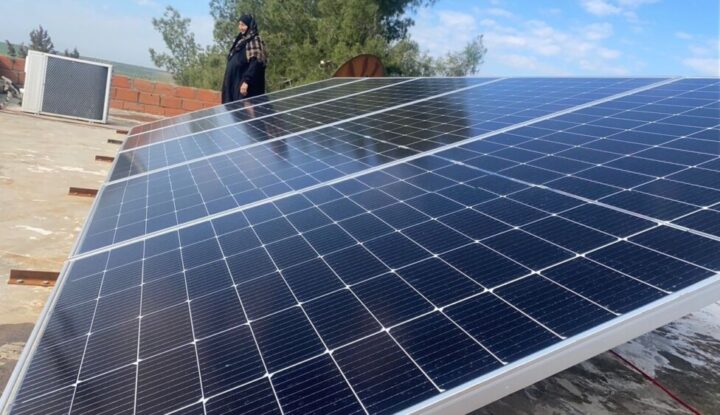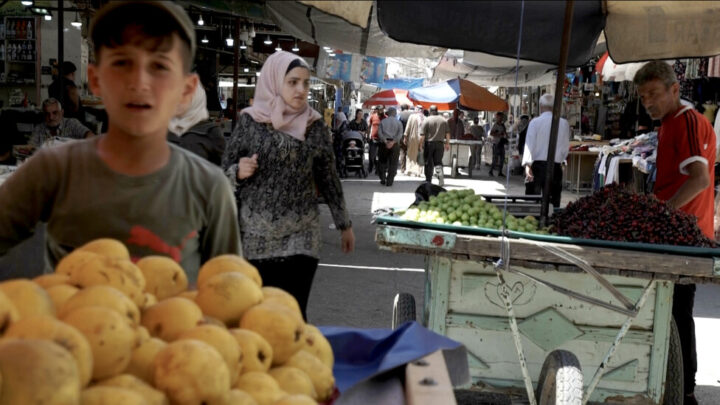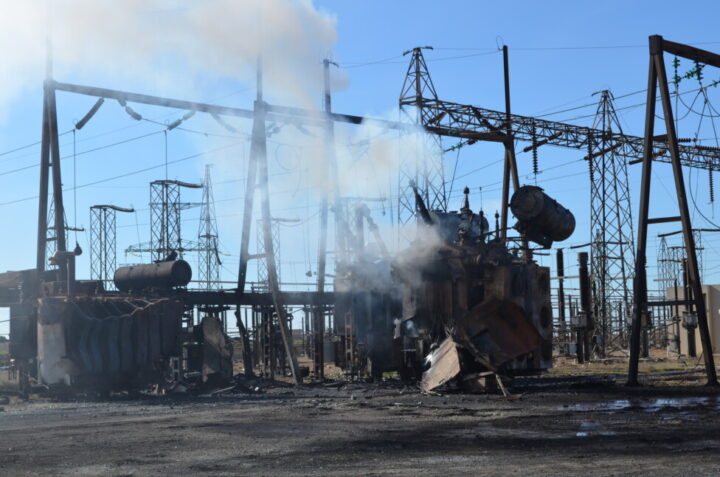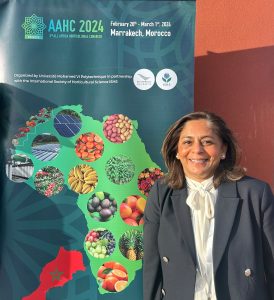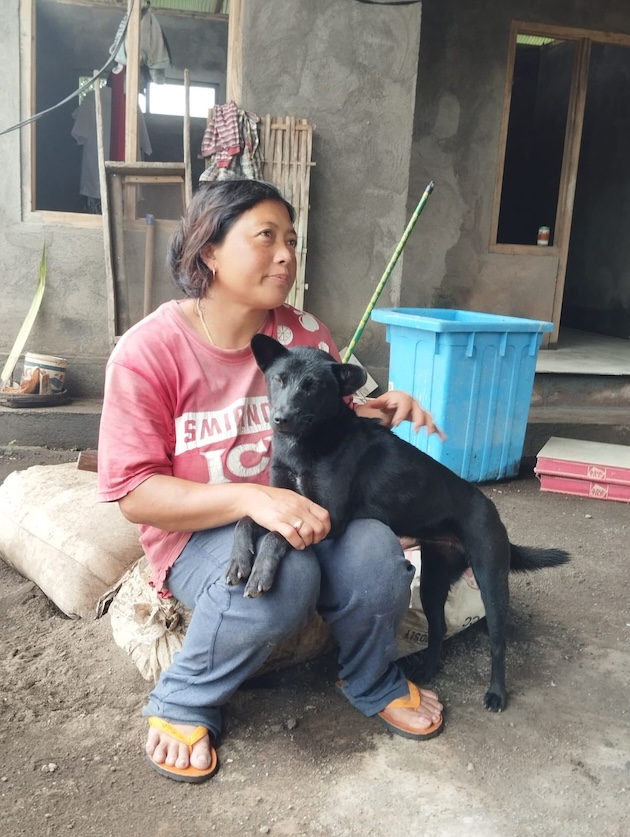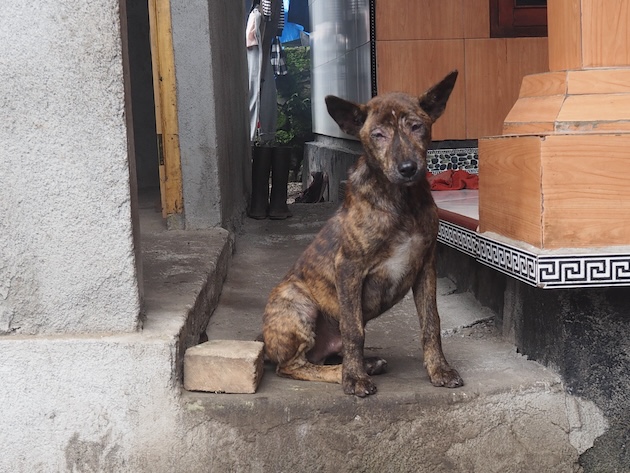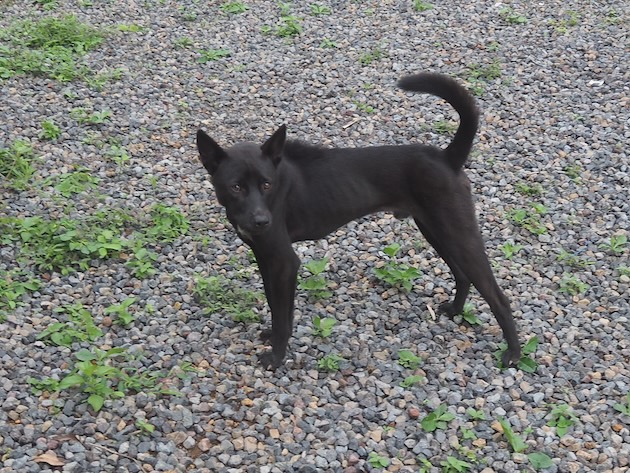Nyxoah to Participate in the Oppenheimer 34th Annual Healthcare MedTech & Services Conference
Mont–Saint–Guibert, Belgium – February 29, 2024, 10:30pm CET / 4:30pm ET – Nyxoah SA (Euronext Brussels/Nasdaq: NYXH) (“Nyxoah” or the “Company”), a medical technology company focused on the development and commercialization of innovative solutions to treat Obstructive Sleep Apnea (OSA), today announced that the Company will participate in the Oppenheimer 34th Annual Healthcare MedTech & Services Conference, which takes place March 12 – 13, 2024.
Olivier Taelman, Nyxoah’s Chief Executive Officer, will deliver a corporate presentation on Tuesday, March 12, 2024, at 10:40am ET. A webcast of the presentation will be available in the Events section of Nyxoah’s Investor Relations website. The Company will be available for 1×1 meetings with institutional investors.
Nyxoah’s Investor Presentation can be accessed on the Shareholder Information section of the Company’s Investor Relations page.
About Nyxoah
Nyxoah is a medical technology company focused on the development and commercialization of innovative solutions to treat Obstructive Sleep Apnea (OSA). Nyxoah’s lead solution is the Genio® system, a patient–centered, leadless and battery–free hypoglossal neurostimulation therapy for OSA, the world’s most common sleep disordered breathing condition that is associated with increased mortality risk and cardiovascular comorbidities. Nyxoah is driven by the vision that OSA patients should enjoy restful nights and feel enabled to live their life to its fullest.
Following the successful completion of the BLAST OSA study, the Genio® system received its European CE Mark in 2019. Nyxoah completed two successful IPOs: on Euronext Brussels in September 2020 and NASDAQ in July 2021. Following the positive outcomes of the BETTER SLEEP study, Nyxoah received CE mark approval for the expansion of its therapeutic indications to Complete Concentric Collapse (CCC) patients, currently contraindicated in competitors’ therapy. Additionally, the Company is currently conducting the DREAM IDE pivotal study for FDA and U.S. commercialization approval.
For more information, please visit http://www.nyxoah.com/.
Caution – CE marked since 2019. Investigational device in the United States. Limited by U.S. federal law to investigational use in the United States.
Contact:
Nyxoah
David DeMartino, Chief Strategy Officer
david.demartino@nyxoah.com
+1 310 310 1313
Attachment

GLOBENEWSWIRE (Distribution ID 1000926520)



